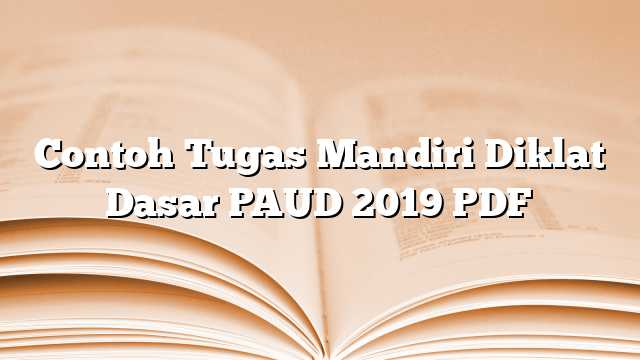When comparing Sakamoto and Kumon, there are several factors to consider in order to determine which one is better suited for a particular situation. Both Sakamoto and Kumon have their own strengths and weaknesses, which we will explore in detail below.
Sakamoto
Sakamoto is a learning method or system developed by Toru Kumon, who believed in the importance of practicing and mastering the fundamentals of any subject. It is primarily used in Kumon math centers, but can also be adopted for other subjects.
Pros of Sakamoto:
- Emphasis on mastery: Sakamoto encourages students to master the foundational concepts before moving on to more complex topics. This can lead to a deeper understanding of the subject matter.
- Individualized learning: Sakamoto aims to cater to each student’s unique learning pace and abilities. It provides personalized worksheets that gradually progress in difficulty, ensuring that students are challenged without overwhelming them.
- Self-learning: Sakamoto promotes self-learning and independence. Students are encouraged to work on their own, which helps develop important skills such as self-discipline and problem-solving.
Cons of Sakamoto:
- Lack of interactive learning: Sakamoto primarily relies on worksheets and may not provide enough opportunities for interactive learning, group discussion, or collaborative activities.
- Limited subject options: Sakamoto is mostly focused on math, which means it may not be suitable for students who require support in other subjects.
Kumon
Kumon is a popular educational program that encompasses various subjects, including math, reading, and languages. It utilizes a systematic approach aimed at improving students’ academic abilities and fostering a love for learning.
Pros of Kumon:
- Comprehensive curriculum: Kumon offers a comprehensive curriculum that covers multiple subjects. This allows students to receive support in various areas and develop a well-rounded knowledge base.
- Incremental progression: Kumon’s curriculum is designed to gradually introduce new concepts and build upon previously learned skills. This incremental progression helps students develop a strong foundation and advance at their own pace.
- Regular practice: Kumon emphasizes regular practice through daily worksheets. This constant reinforcement helps students retain knowledge and improve their skills over time.
Cons of Kumon:
- Repetitive nature: Some students may find the repetitive nature of Kumon worksheets monotonous and lose interest in the subject.
- Lack of flexibility: Kumon follows a structured program, leaving little room for customization or catering to individual learning preferences.
Conclusion
In conclusion, both Sakamoto and Kumon have their own advantages and disadvantages. Sakamoto is best suited for students who prefer self-learning and need a focused approach to mastering the fundamentals of a subject. On the other hand, Kumon offers a comprehensive curriculum, making it suitable for students who need support in multiple subjects.
Ultimately, the choice between Sakamoto and Kumon depends on the individual’s learning style, academic needs, and personal preferences. It is essential to consider these factors and evaluate which program aligns better with a student’s goals and aspirations.




